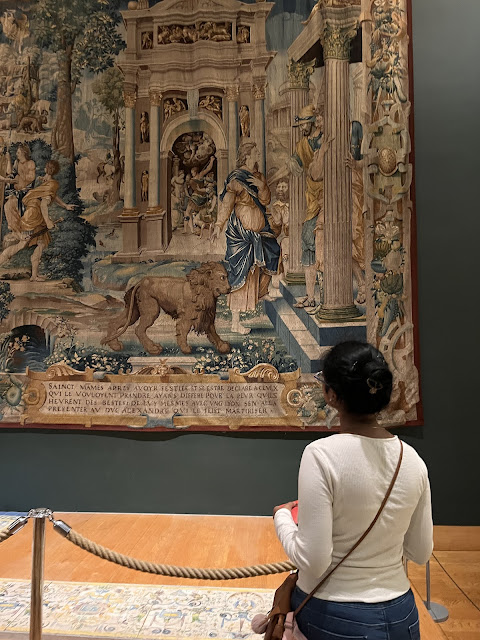What metrics should we use to measure Curiosity? I would suggest 'Leonardo'
The eyeball is a soft, spongy organ. When we dissect it, the inner parts change shape. So, how do we study the inner parts of the eyeball?
Leonardo Da Vinci proposed an interesting way, and he was able to study optics in his era. I have been reading the book Leonardo Da Vinci by Walter Isaacson, and every page inspires Leonardo's thought process.
I only knew Leonardo as the painter of the Mona Lisa, the Last Supper and a crazy person of that era who thought he could fly. I never cared about his scientific studies. Just because we don't know, we can't consider anything baseless, Can we?
There are many pages from his notes that one could witness in the Louvre museum that show what a genius of a human he was. He was the outcast during that time - A gay, A vegetarian, a left-hander and an illegitimate son. He never received a formal education, but he did study every topic under the roof. We consider an uncommon behaviour as an outcast. Leonardo was never ashamed of his identity, unlike many famous gay artists of that time.
Everything is indeed in our head and things are simple when we accept the way they are without imposing the world's thoughts on it. I love to study history because it helps me to understand the thought process that is put into it before concluding something we find too basic.
 |
I wish I get the chance visit Louvre once more...to stare at his paintings with different perspective! |
This book has many details about the lifestyle, habits and how a kingdom supported the art and its implications. I wonder what happened to the ancient Indian knowledge. I don't think there is any good study on Indian art as that of Western art. We as a country don't value studying art as much as science. Reading an art was never my forte just like many fellow Indians. But as I read this book I understood sfumato, shadowing, lines, perspective and light. When we look at art through the lens of Leonardo, it is all practical of science. I miss learning science in the most fun way possible!
The Vitruvian Man is known to place a man with proper proportions inside a square and a circle. We find such an image in Vishnudharmottaram Puranam. Not just one man but 5 different sizes of men and women too. I am sad that we missed the opportunity to study the perspectives of our ancestors. Not just art but also science.
In an enriching with my uncle, I learned about an incident that happened in his childhood. When he was playing his wrist was hurt and was considered a fracture. Generally, it needs a lot of time to heal. He had a friend who belonged to a tribal community and knew which leaf to use to rectify the injury. My uncle's friend used it and within the next hour, his wrist was normal. Since most of the knowledge was transferred orally and a lot was destroyed, we missed the opportunity to be more advanced.
I do understand that one needs to look forward to make progress. Sticking to the past glory will take us nowhere. Traditions and culture often have bad reputations and are not considered modern thinking. It is always blamed that there is no evidence of the knowledge that is left from ancestors. If we redefine the definition of modern thinking with inspiration from Leonardo - There is nothing wrong to be curious about the little knowledge of the past. Just because we don't know, we can't consider anything baseless, Can we?
Oh wait, I did not say about the eyeball did I? I distract too easily!
Leonardo studied the inner parts of the eye and the focal point by boiling the eye in egg white. Once it is hard, he cuts it open to examine it.
He mentioned many interesting facts about the woodpecker tongue, crocodile jaw, bird's wings, proportions of the human face, circles, lines, sculptures and many collaboration works.
I am grateful to have picked up this book. The best way to read this book is to savour it like wine, as slowly as possible!



Loved reading this! Keep going. I'm fan of your storytelling ❤️
ReplyDelete